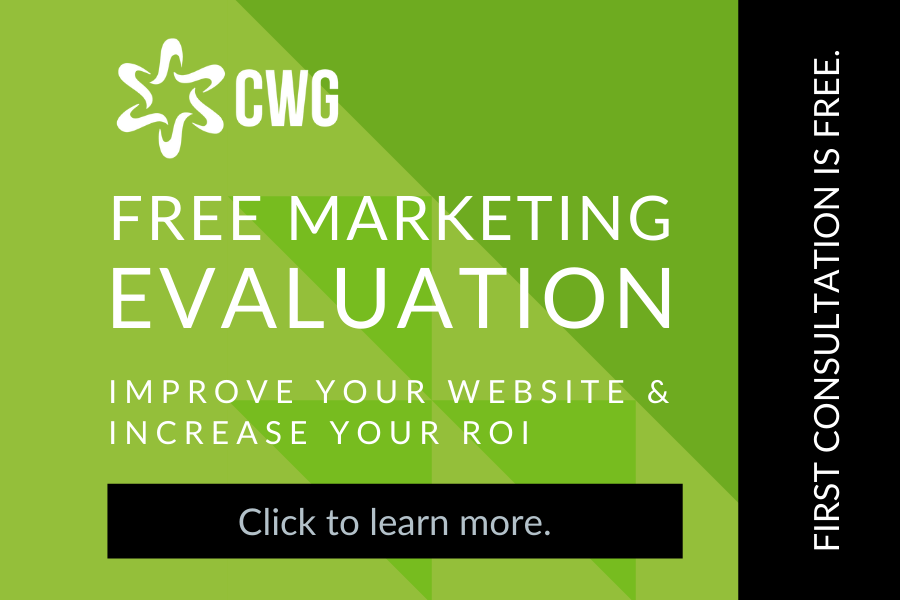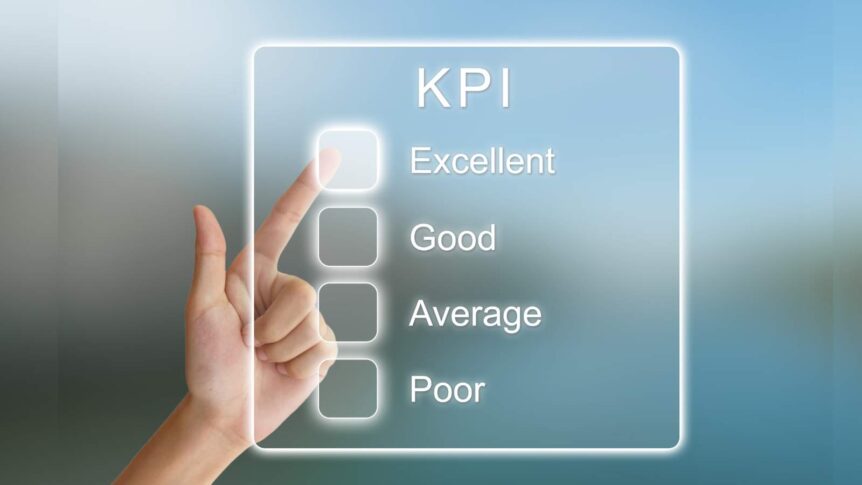Six Marketing KPIs Every CMO Needs To Know
As a Chief Marketing Officer (CMO), you are responsible for developing and implementing marketing strategies that drive business growth. To do this effectively, you need to have a solid understanding of key performance indicators (KPIs) that measure the success of your marketing efforts. Here are six marketing KPIs every CMO needs to understand:
Customer Acquisition Cost (CAC) Customer Acquisition Cost (CAC) measures the total cost of acquiring a new customer. This includes all the marketing and sales expenses associated with attracting, converting, and onboarding a new customer. To calculate CAC, divide the total cost of acquisition by the number of new customers acquired during the same period. CAC is an essential KPI that helps CMOs evaluate the profitability of their marketing campaigns.
Customer Lifetime Value (CLV) Customer Lifetime Value (CLV) measures the total value a customer will bring to a business over the course of their lifetime. This includes all the purchases they make, as well as any referrals they provide. CLV is calculated by multiplying the average order value by the number of purchases per year, multiplied by the number of years a customer is expected to remain a customer. CLV is a critical KPI that helps CMOs prioritize their marketing efforts and allocate resources to attract and retain high-value customers.
Conversion Rate Conversion Rate measures the percentage of website visitors who take a desired action, such as making a purchase or filling out a form. This KPI is used to evaluate the effectiveness of website design, content, and user experience. To calculate Conversion Rate, divide the number of conversions by the total number of website visitors during the same period.
Return on Investment (ROI) Return on Investment (ROI) measures the profitability of a marketing campaign by comparing the amount of revenue generated to the cost of the campaign. To calculate ROI, divide the revenue generated by the campaign by the cost of the campaign. ROI is an important KPI that helps CMOs evaluate the effectiveness of their marketing efforts and allocate resources to the most profitable campaigns.
Traffic by Channel Traffic by Channel measures the amount of website traffic generated by different marketing channels, such as search engines, social media, and email marketing. This KPI helps CMOs understand which marketing channels are driving the most traffic and allocate resources accordingly.
Customer Retention Rate Customer Retention Rate measures the percentage of customers who remain customers over a given period. This KPI is used to evaluate the effectiveness of customer service, product quality, and overall customer experience. To calculate Customer Retention Rate, subtract the number of new customers acquired during the period from the total number of customers at the beginning of the period, then divide by the total number of customers at the beginning of the period.
Understanding these six marketing KPIs provide CMOs with valuable insights into the effectiveness of their marketing campaigns. By tracking and using these KPIs, CMOs can make data-driven decisions that improve marketing ROI, customer acquisition, retention, and profitability.
If you’re interested in metric driven marketing campaigns that generate bottom line ROI for your business, CWG would love to talk with you.
ABOUT THE AUTHOR
Jayson Bailey is the Co-Founder and Managing Partner of CWG, a digital marketing agency with offices in Arizona, Utah, and Wyoming. He received a BS in Marketing Communication from Arizona State University and has spent his career working with brands to develop corporate identity and maximize marketing value.


